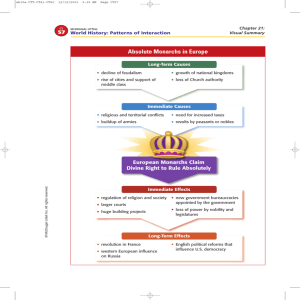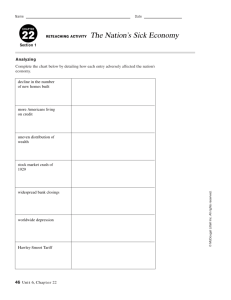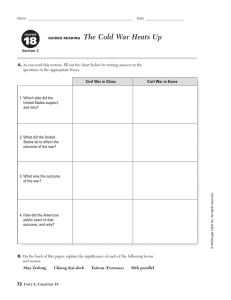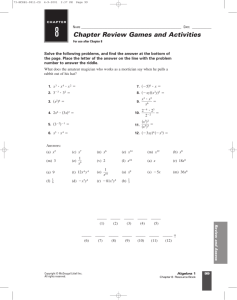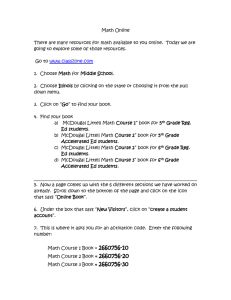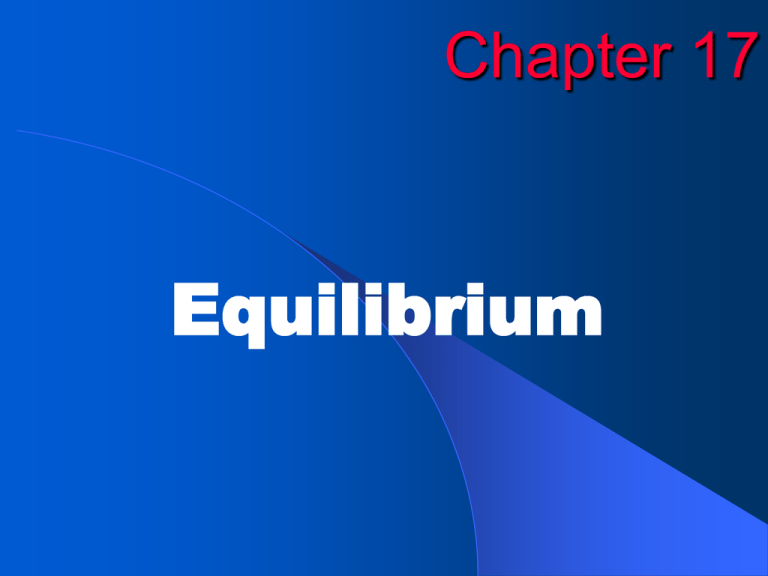
Chapter 17
Equilibrium
Figure 17.2: (a)Two BrNO molecules approach each other at high speeds.
(b) The collision occurs.
(c) The energy of the collision causes Br-N bonds to break and Br-Br
bonds to form.
(d) The products: one Br2 and two NO molecules.
Copyright © by McDougal Littell. All rights reserved.
2
EXIT
Figure 17.3: Reaction progress of two BrNO molecules.
Copyright © by McDougal Littell. All rights reserved.
3
EXIT
Figure 17.4:
Comparison of
the activation
energies for an
uncatalyzed
reaction and
for the same
reaction with a
catalyst
present.
Copyright © by McDougal Littell. All rights reserved.
4
EXIT
Rules for assigning oxidation states and catalyzed reactions.
Copyright © by McDougal Littell. All rights reserved.
5
EXIT
Figure 17.8: (a) Net transfer of molecules from the liquid state to the vapor state.
(b) The amount of the substance in the vapor state becomes constant.
(c) The equilibrium state.
Copyright © by McDougal Littell. All rights reserved.
6
EXIT
Figure 17.9: (a) Equal numbers of moles of H2O and CO are mixed in a closed container.
(b) The reaction begins to occur.
(c) The reaction continues, and more reactants are changed to products.
(d) No further changes are seen as time continues to pass.
Copyright © by McDougal Littell. All rights reserved.
7
EXIT
Figure 17.10: Changes with time in the rates of reactions.
Copyright © by McDougal Littell. All rights reserved.
8
EXIT
Figure 17.11: (a) Initial equilibrium mixture.
(b) Addition of N2.
(c) New equilibrium position.
Copyright © by McDougal Littell. All rights reserved.
9
EXIT
Figure 17.12: System initially at equilibrium.
Copyright © by McDougal Littell. All rights reserved.
10
EXIT
Figure 17.12: Piston is pushed in.
Copyright © by McDougal Littell. All rights reserved.
11
EXIT
Figure 17.13: (a) A mixture of NH3(g), N2(g), and H2(g) at equilibrium.
(b) The volume is suddenly decreased.
(c) The new equilibrium position.
Copyright © by McDougal Littell. All rights reserved.
12
EXIT

